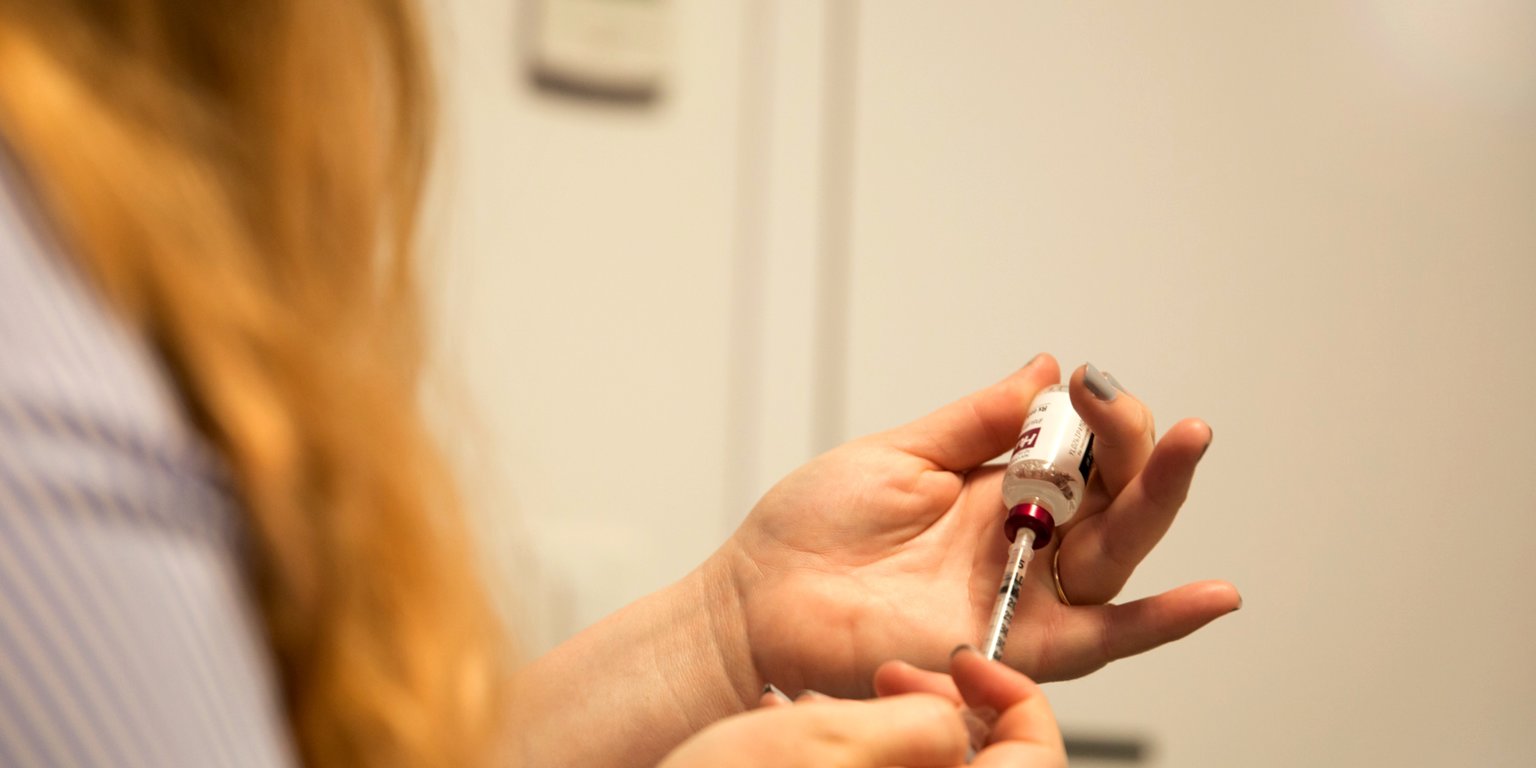- The skyrocketing cost ofinsulin has become a crisis in the US. Some people aredying because they can’t afford the life-saving drug.
- In the last decade, the list prices of common types of insulin have roughly tripled, even though they’re the exact same products offered 10 years ago.
- In 2009, the list price for a 10-milliliter vial of Humalog, a fast-acting insulin made by Eli Lilly, was about $93. Today it costs closer to $275. Similarly, Novo Nordisk’s fast-acting insulin Novolog cost almost $93 for a 10-milliliter vial in 2009. Today, it costs about $290.
- The prices of Humalog and Novologhave essentially increased in lockstep. We’ve seen similarprice hikes for Lantus, a common long-acting insulin made by Sanofi, and long-acting Levemir, also made by Novo Nordisk.
- Insulin manufacturersare facing mounting pressure to lower their list prices. Last year, theMinnesota attorney general filed a lawsuit against the big three insulin makers for alleged price gouging, and in February,Maryland Congressman Elijah Cummings and Vermont Sen. Bernie Sanders introduced bills aimed at lowering drug costs.
- For the 1.25 million Americans living with type 1 diabetes, as well as some with type 2 diabetes,insulin is as crucial to living as air. Many people with diabetes in the US are forced to take extreme measures to stay alive while they wait for lower prices.
- In June,T1International published a survey that found that more than a quarter of people with type 1 diabetes in the US rationed their insulin last year, the highest percentage of insulin rationing of any high-income country surveyed.
- Insulin rationing isa life-or-death decision that has not come without itsconsequences.
- Nicole Smith-Holt lost her 27-year-old son, Alec, to insulin rationing two years ago. Alec was rationing insulin because he couldn’t afford it, and his blood sugar levels climbed so high that he developed a condition called ketoacidosis, which turned lethal.
- “He only had $1,000 in the bank, so he went home without insulin, and it looks like he was trying to ration what he had left until he could make it to payday,”she told Business Insider.
- Insulin prices have become so high in the US thatsome people are going abroad to buy the drug.Business Insider recently joined a caravan traveling from the Midwest to Ontario to find affordable insulin prices.
- Visit Business Insider’s homepage for more stories.
Business Insider reached out to the three main insulin makers for comment, and two responded:
“Every health care system is unique. In Canada, the government caps prices at very low levels, but there’s a tradeoff: they don’t always see medical innovation quickly. In the US, meanwhile, people with high deductible commercial plans sometimes pay thousands of dollars before their coverage even kicks in. In these cases, you feel like you don’t have insurance at all if you’re living with a chronic condition. That’s why we need policy changes such as first-dollar coverage — which would exempt chronic medicines from deductibles — to allow affordable access to insulin for everyone who needs it.
“It’s also important to remember that government prices in the US are low as well — people using Medicaid, for example, can access insulin for nearly free because we provide 100 percent rebates to the government.”
— Greg Kueterman, senior director of communications, Eli Lilly
“There is a complicated landscape of laws, regulations, market forces and supply-chain entities that impact the price of prescription drugs. Even for some patients with health insurance, high deductibles and restrictive formularies can make insulin unaffordable. We know that as the healthcare system has changed a growing number of Americans with diabetes struggle to pay for their healthcare, including medicines made by us. As a company focused on improving the lives of people with diabetes, this is not acceptable.
“While a growing number of patients at times may have to pay the full list price as a result of changes in insurance benefit design, it is important to recognize that list price does not reflect the cost or out-of-pocket expense at the pharmacy counter for the majority of patients.
“In fact, approximately 80% of people in non-high deductible commercial health plans pay $50 or less per month for a prescription of one of our insulin analogs. For those patients who do pay the full list price (either because they’re in a high deductible health plan or because they are paying cash for their medicines), we are committed to helping these patients afford their medicine, and we offer support to many patients to help defray the costs they face.
“Rationing insulin is not a safe treatment option for patients who require insulin. Suggestions that rationing insulin is the only option available to those struggling to manage out-of-pocket prescription drug costs is irresponsible and potentially harmful.
“We offer several programs that are available today to help support patient access and affordability to our medicines including:
“Providing human insulin for around $25/vial at tens of thousands of pharmacies across the country, through programs with CVS and ESI, and Walmart, which has sold it at that price for nearly 20 years.
“Offering co-pay assistance programs to help defray the costs for those who are experiencing high out-of-pocket costs.
“For uninsured patients, our Patient Assistance Program provides free medicines to individuals making up to almost $50,000 and families making up to $103,000 who meet the eligibility criteria.
“Information about these support programs, including full eligibility criteria, can be found onNovoCare.com. Patients can also call us at 1-800-727-6500 to learn what affordability options may be available to them.”
— Ken Inchausti, senior director of corporate communications, Novo Nordisk US
Source: Read Full Article

